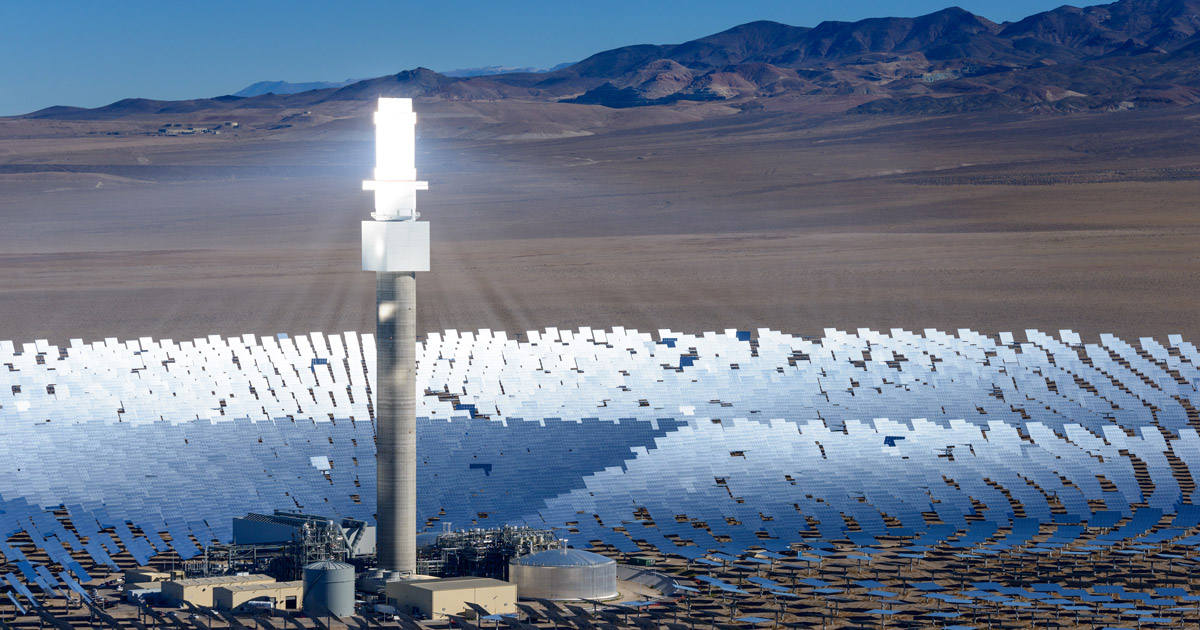
Crescent Dunes looks and sounds a bit like an invention lifted from a science fiction novel. Deep in the Nevada desert more than 10,000 mirrors—each the size of a highway billboard—neatly encircle a giant 640-foot tower. It looks like it might be used to communicate with aliens in deep space.
But the engineers and financiers behind the facility, located in the desert about halfway between Las Vegas and Reno, say the power plant’s promise is anything but fiction. The solar power facility built and operated by the company SolarReserve can power 75,000 homes. What sets it apart from other big solar projects is that this plant can store power for use when it is most needed, including cloudy days and after dark—a major advance for renewable energy technology.
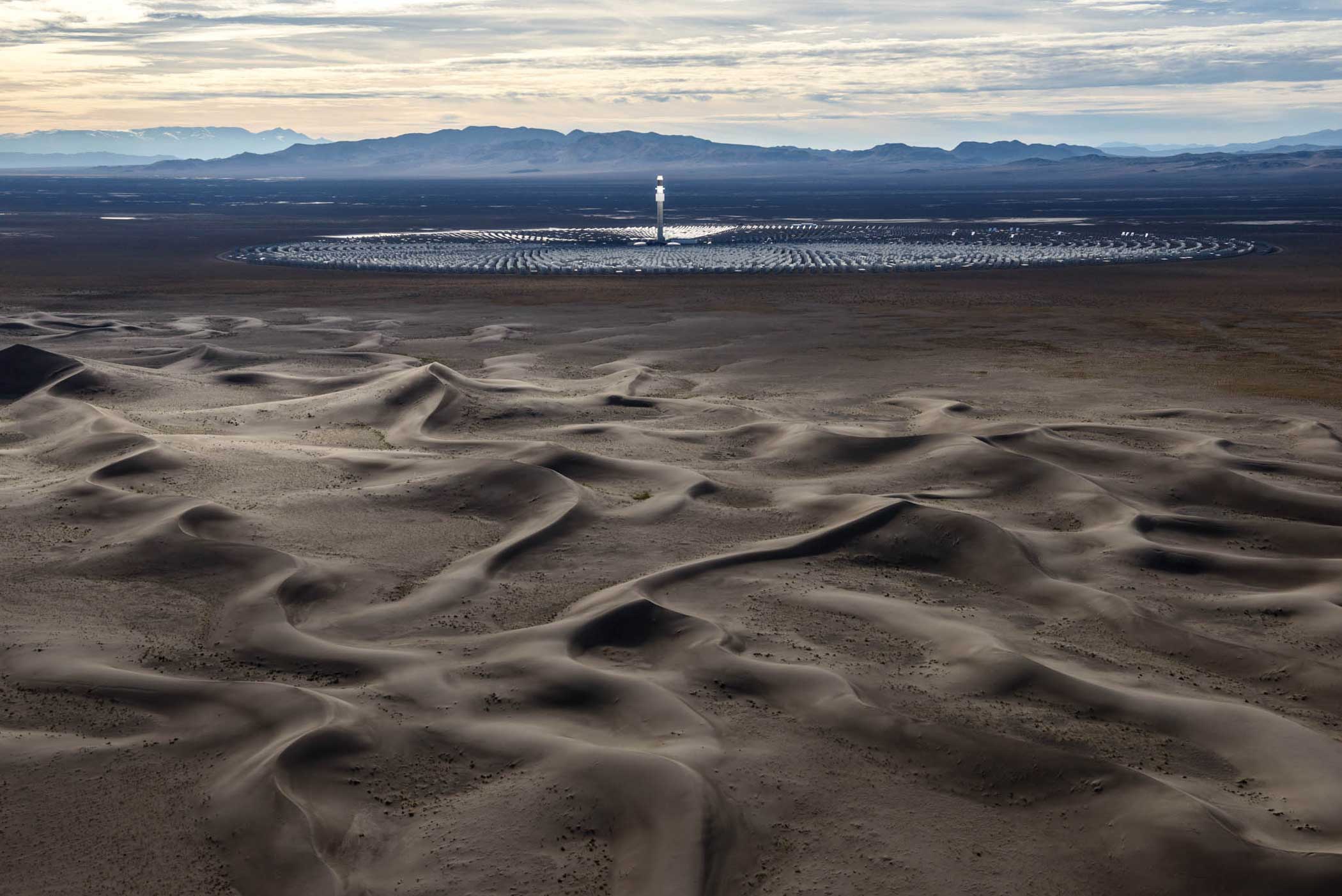
“This is the first utility-scale facility in the world with this technology,” says SolarReserve CEO Kevin Smith. “Our technology can truly replace conventional generation.”
Most solar power plants, which use photovoltaic technology, capture energy through the solar panels themselves, converting the sun’s light straight to electricity and then routing it onto the grid for immediate use. That’s great when the sun is shining, but a few clouds can render the plants useless. And if it’s sunny when the power isn’t needed, the electricity will be wasted.
The Crescent Dunes plant, and others in the class known as concentrated solar, does not have that problem. The plant uses thousands of mirrors to reflect light into a central tower. Inside, concentrated sunlight heats up liquid salt to over 1,050°F (566°C). Salt is capable of retaining very high levels of heat, turning it into a kind of thermal battery. When the utility company needs electricity on the grid, plant operators use the stored heat in the molten salt to power a traditional steam turbine. Altogether the process emits a whopping total of zero tons of carbon.

Crescent Dunes is one of three concentrated solar plants developed by Solar Reserve and it is the first full-scale plant built in the U.S. But the technology has the potential to expand rapidly in the coming years as regulators continue a push for clean energy. States like California and New York have both committed to getting 50% of their power from renewable sources in the coming decades—a change that would be difficult to accomplish without some form of clean energy storage.
Just how much the concentrated solar market will grow in the coming years will depend primarily on the cost of deploying the technology. The method of collecting and storing energy is relatively new and expensive, but widespread deployment could reduce the costs to make it competitive, says Professor Jay Apt of the Carnegie Mellon Electricity Industry Center.
“We’re all hoping that, just like photovoltaic power, we’ll start getting on the downward slope of the learning curve,” says Apt. “If you crank a whole lot of those units, you’ll learn to do it better.”
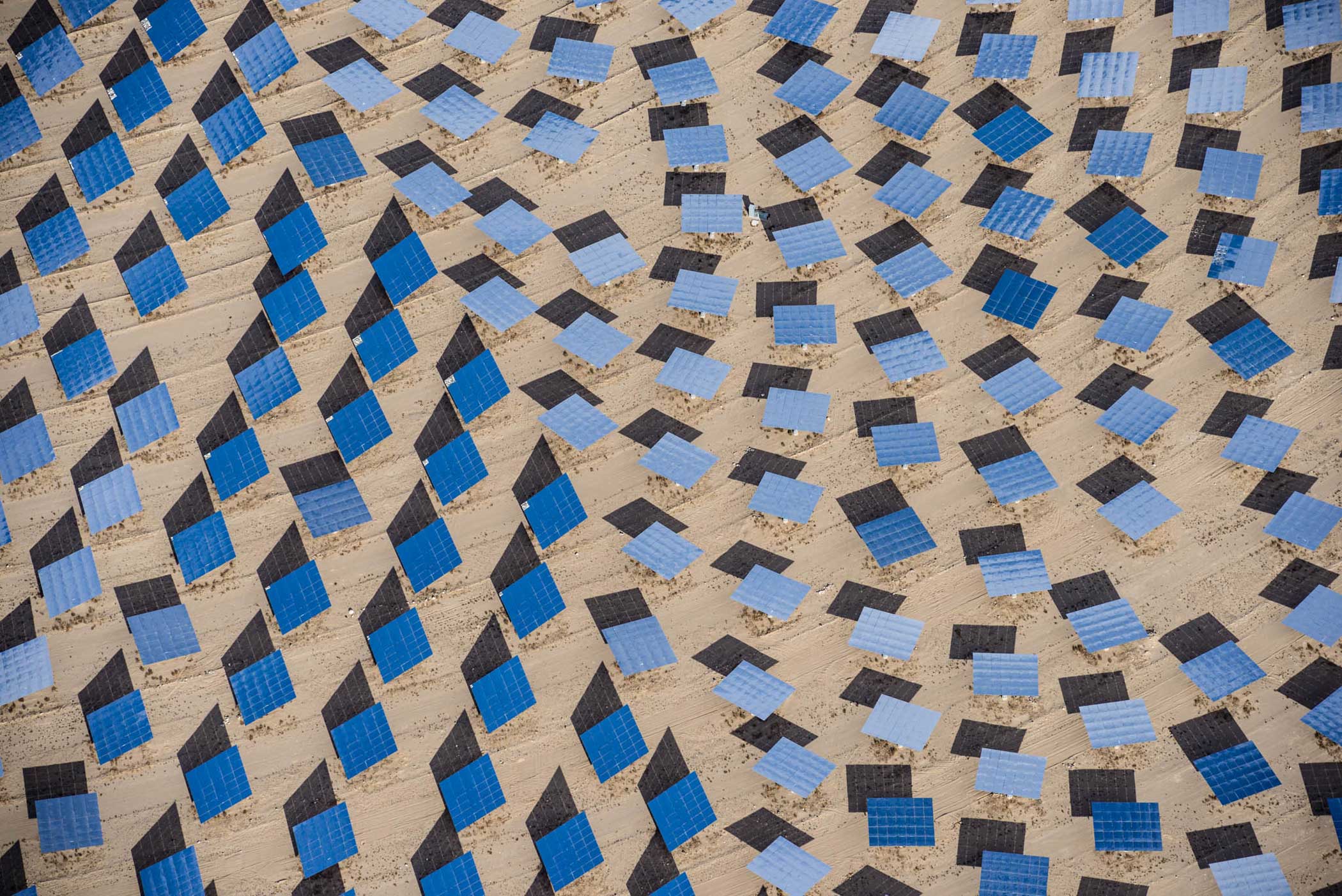
Even with significant cost reductions, concentrated solar will need to face off against advances in battery technology that could make it easier to store power in electrical form—increasing the desirability of other renewable energy sources like photovoltaic and wind power. But Smith says his company’s technology has advantages over the competing methods right now.
“People are spending a lot of money on the battery market,” he says. “But [Crescent Dunes] is more storage than all the utility-scale batteries in the world combined.”
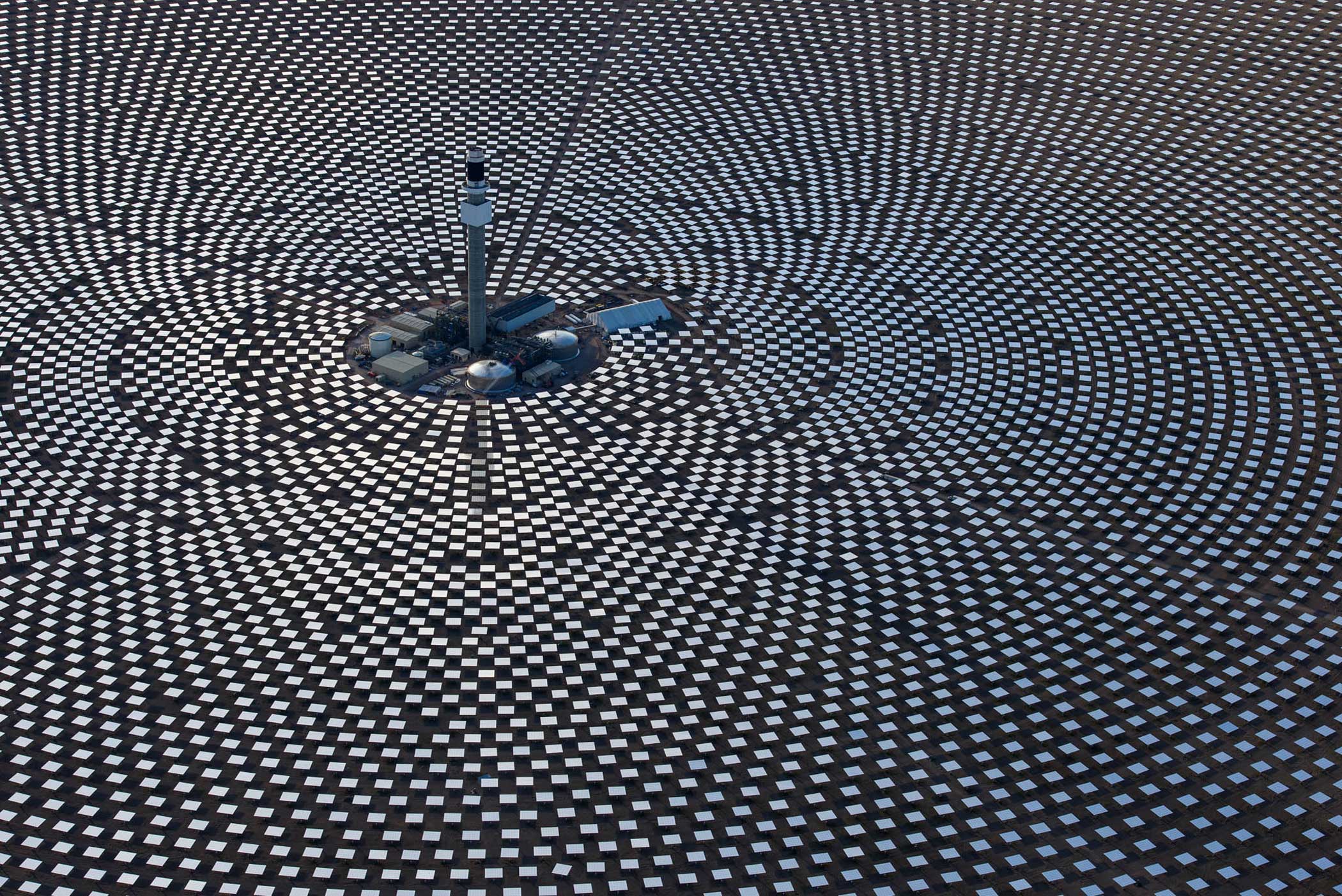
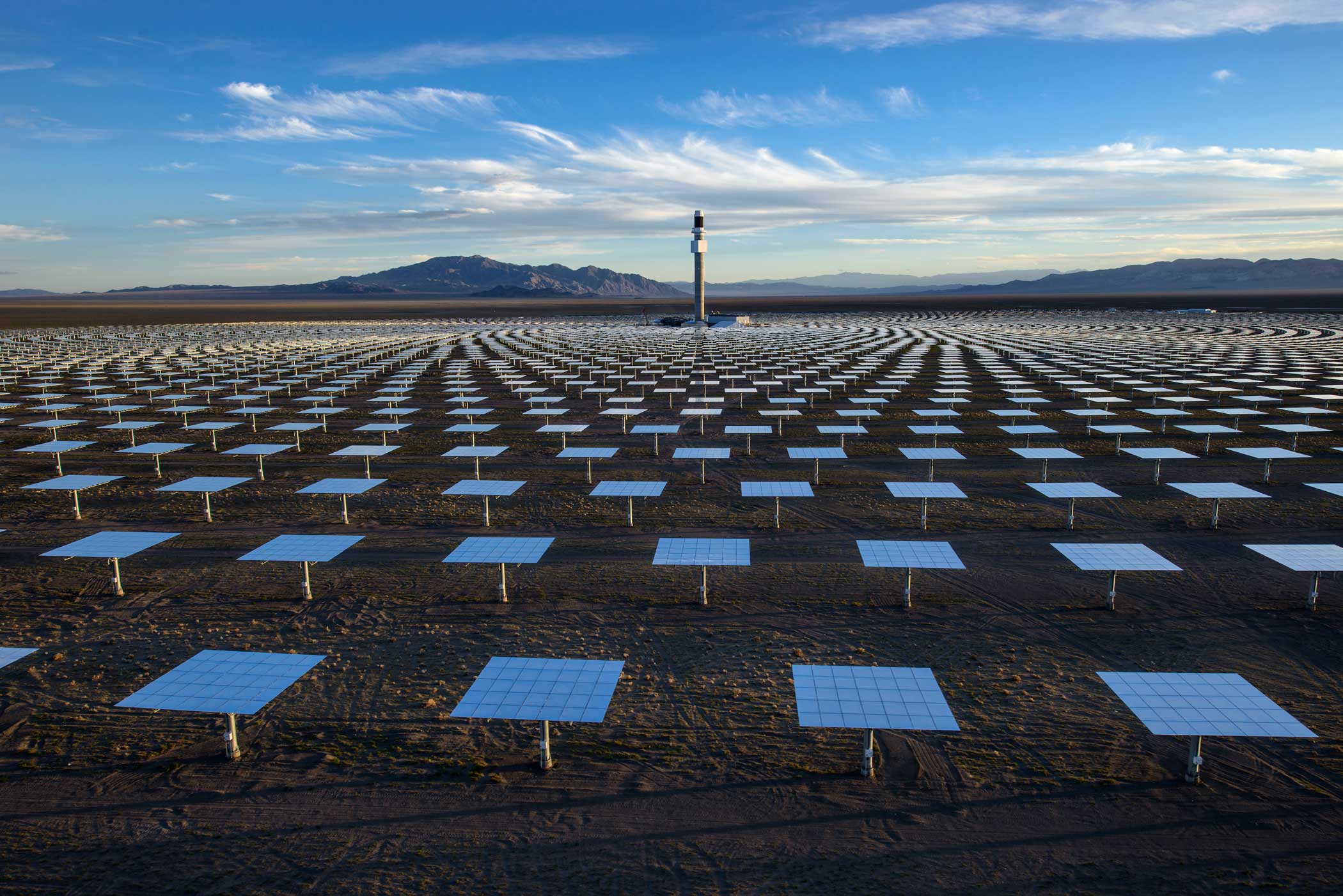
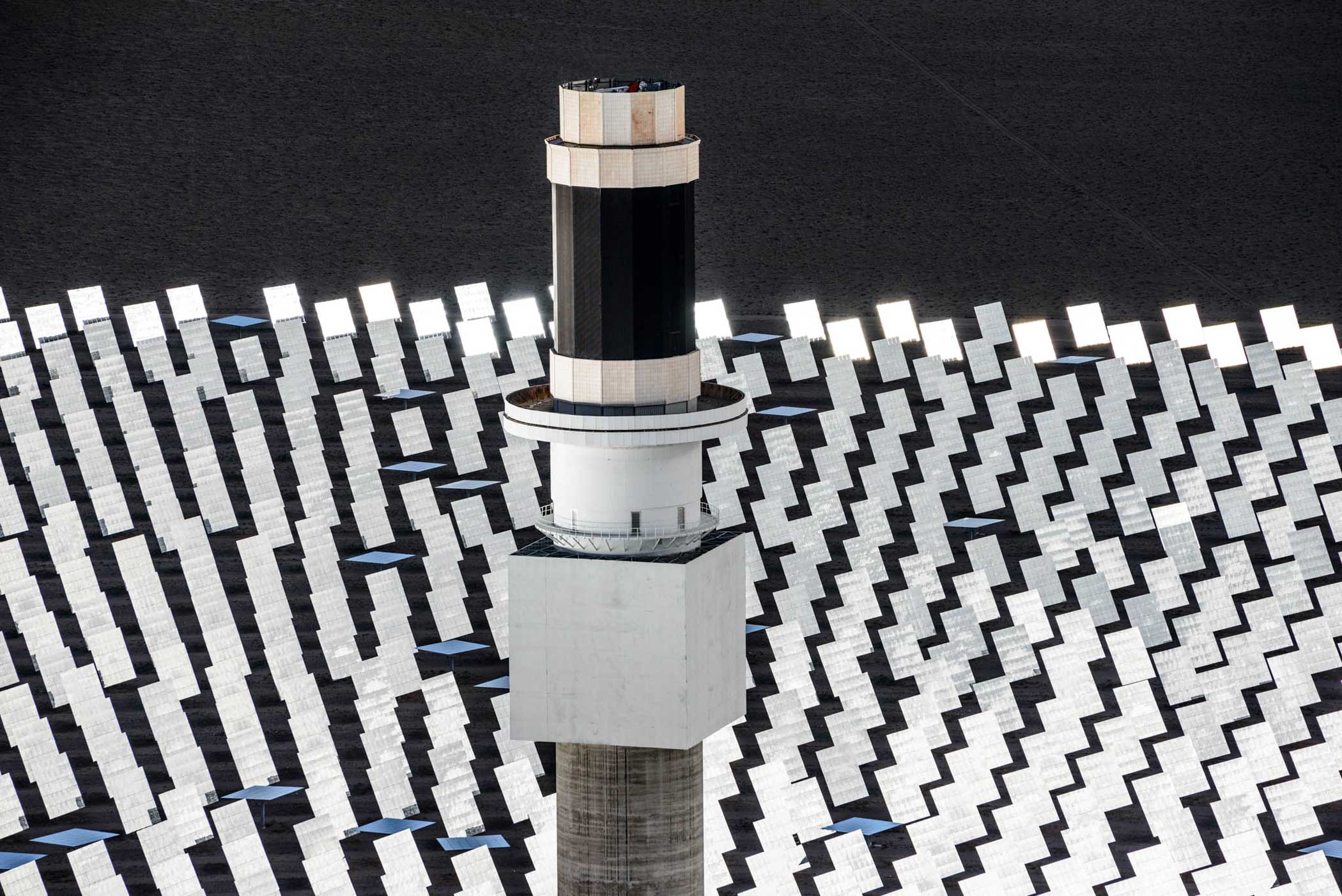

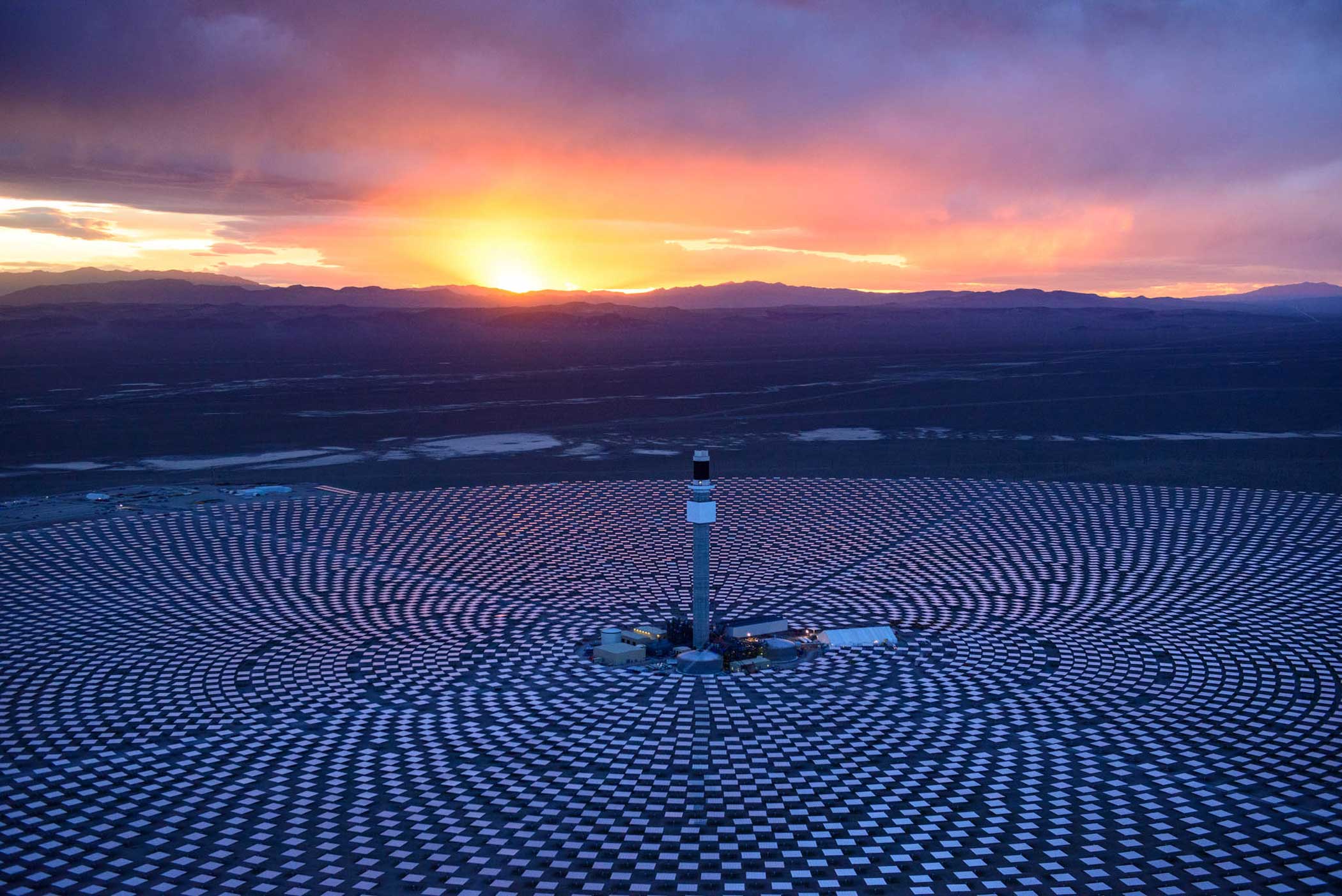
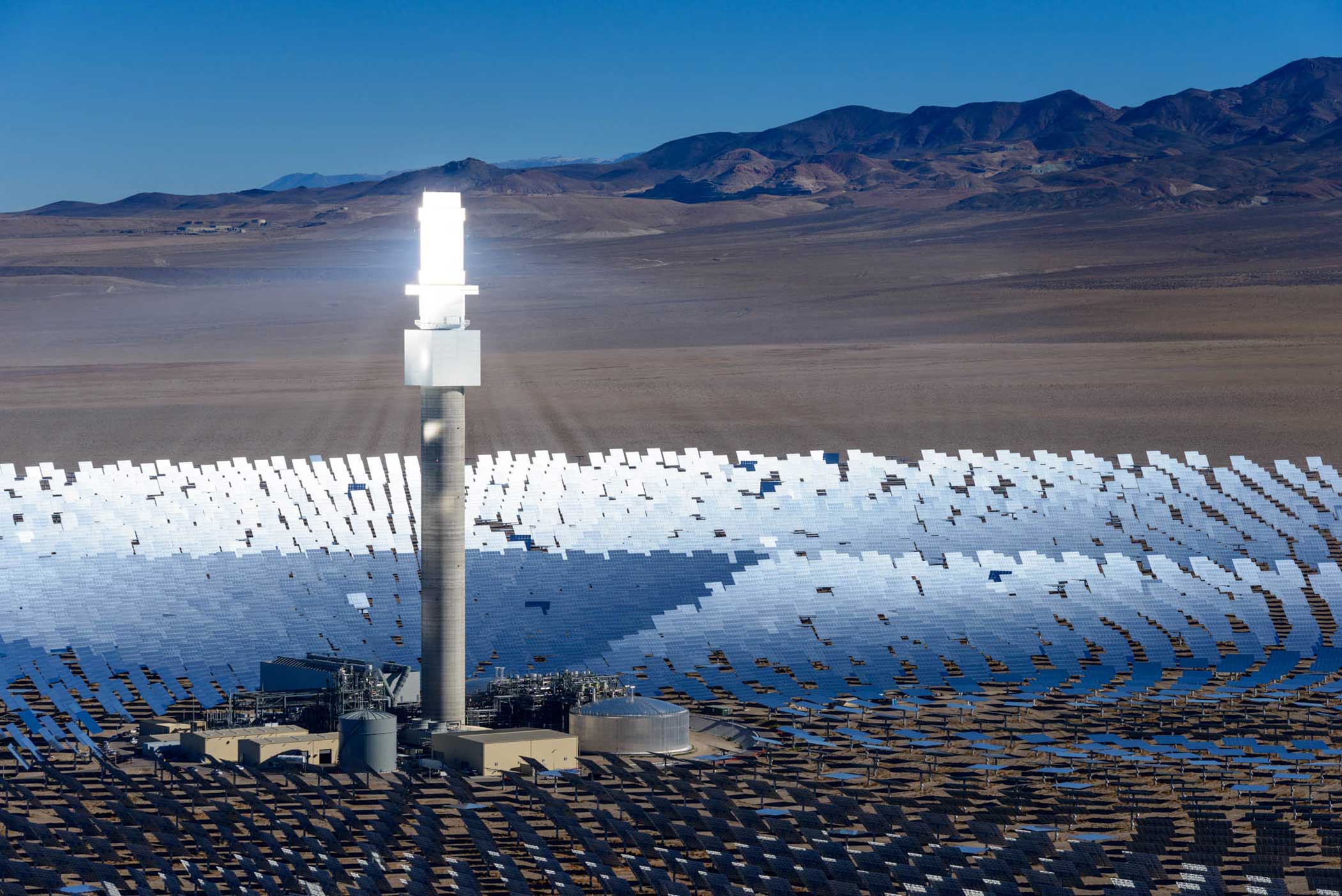



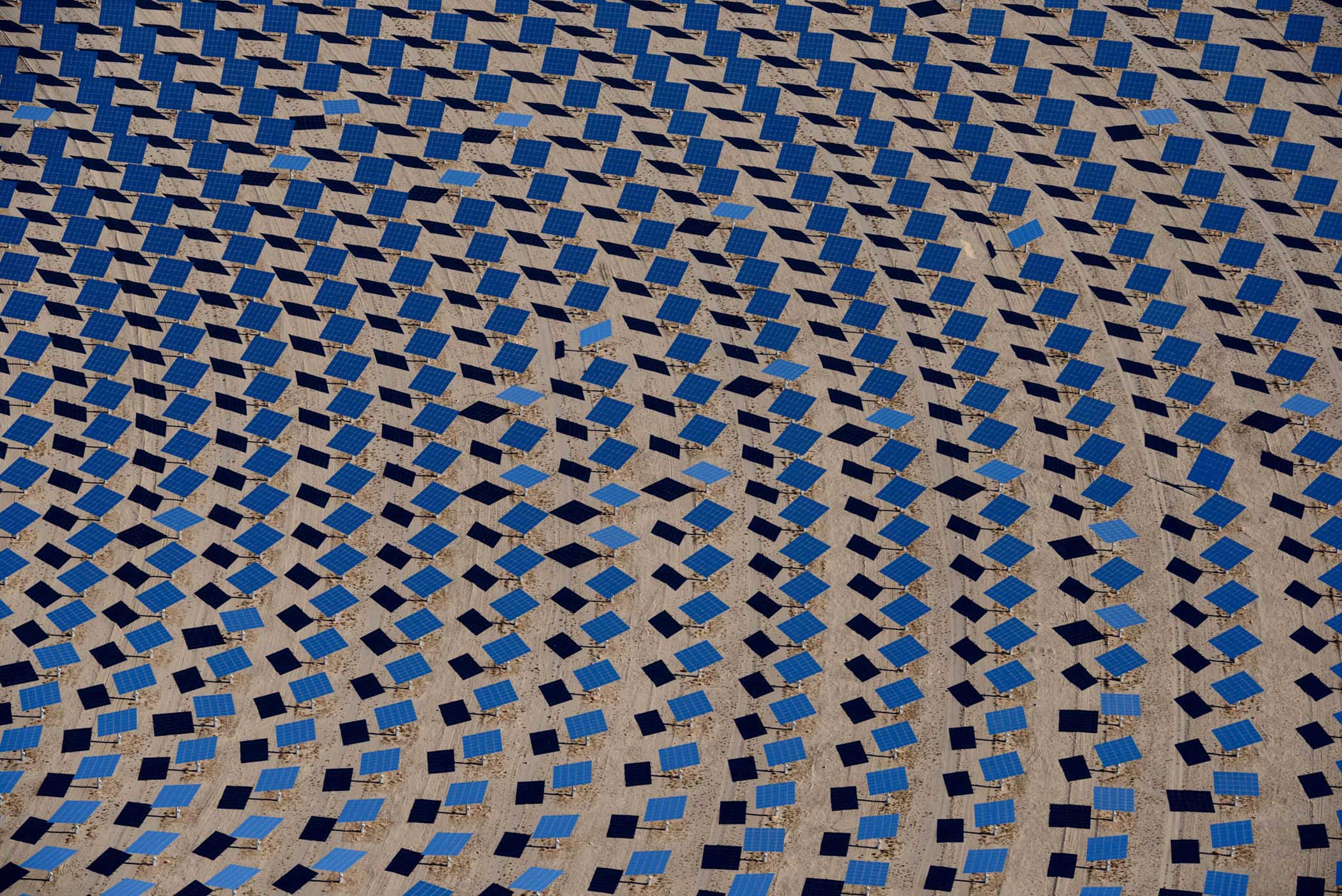
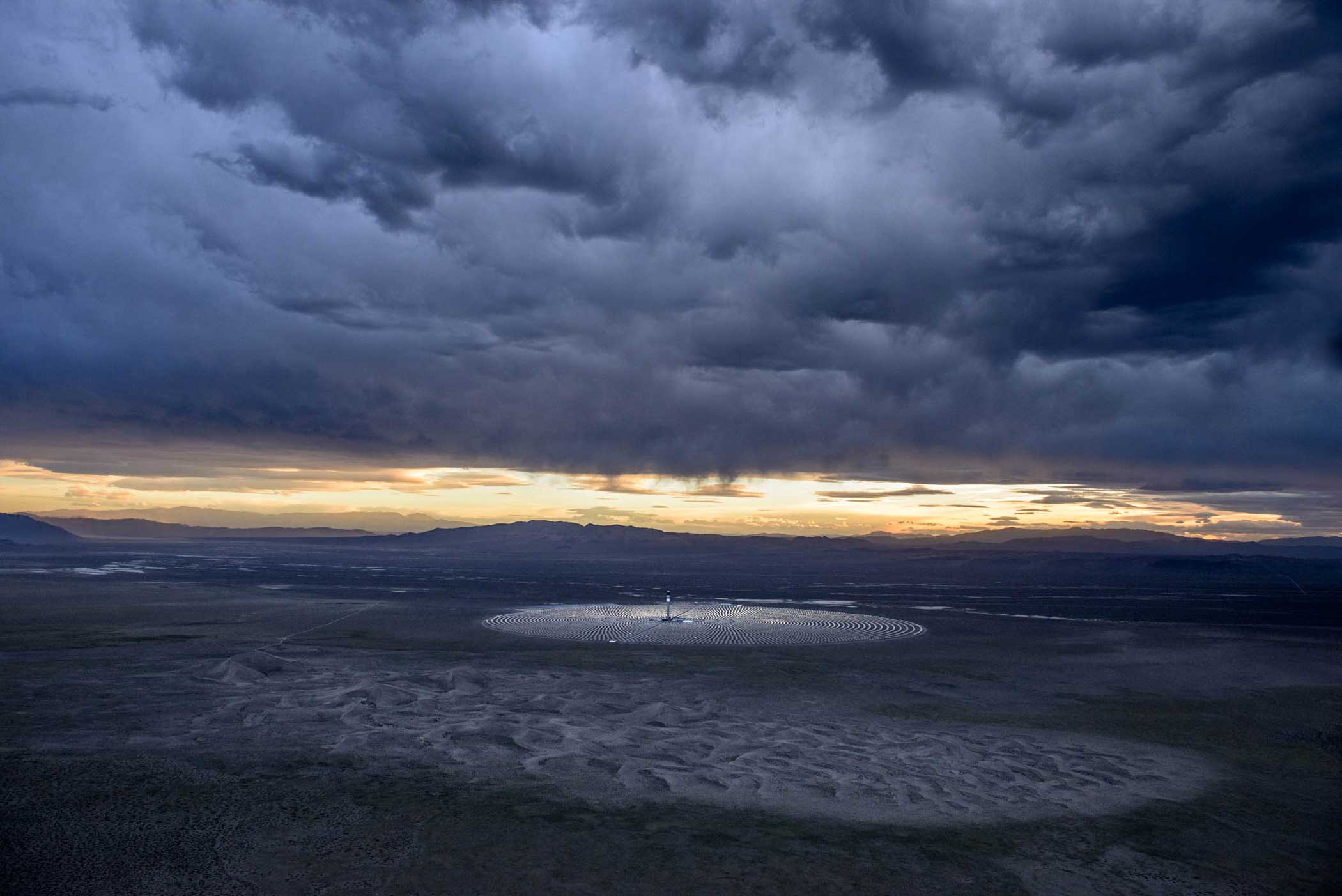
More Must-Reads from TIME
- Why Trump’s Message Worked on Latino Men
- What Trump’s Win Could Mean for Housing
- The 100 Must-Read Books of 2024
- Sleep Doctors Share the 1 Tip That’s Changed Their Lives
- Column: Let’s Bring Back Romance
- What It’s Like to Have Long COVID As a Kid
- FX’s Say Nothing Is the Must-Watch Political Thriller of 2024
- Merle Bombardieri Is Helping People Make the Baby Decision
Write to Justin Worland at justin.worland@time.com